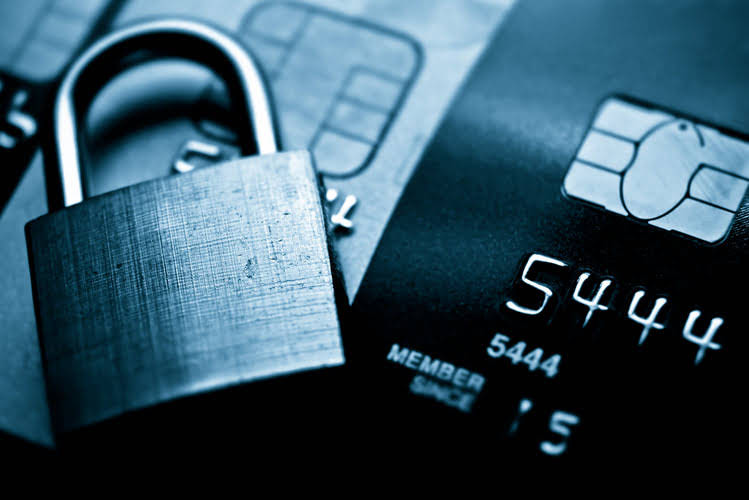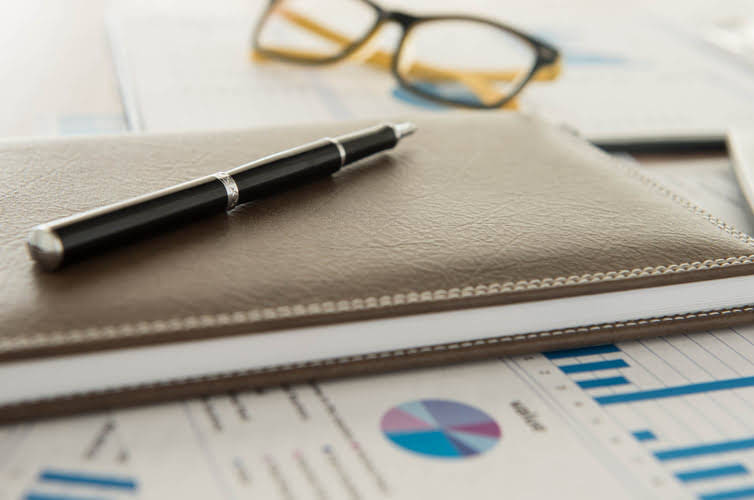We Are Repairing Company In Los Angle
Our experienced team offers services for both residential and commercial properties.With over 25 years of experience in the industry, we boast all of the knowledge and expertise in repairing.
Working Hours : Monday to Friday (9am - 5pm)

Everything in the categories of property, plant, and equipment, or PPE, will set your business back a lot financially. The key is ensuring that the long-term return on investment outweighs the initial cost. examples of fixed assets Machinery is a necessary fixed asset that most businesses use to manufacture goods.
These assets are crucial in generating revenue and achieving its business objectives. Fixed assets are also referred to as non-current assets or long-term assets. Restaurant Cash Flow Management In this blog, we are breaking down everything there’s to know about fixed assets – from what fixed assets, their importance, and their benefits.

Unlike current assets, they are not meant to be used or traded for immediate consumption but for future operations. Between the current assets are inventories, which are the goods that a company has for sale, or the raw material used to manufacture the product for sale. Inventories can be raw materials, semi-finished products, intermediate products, finished products, merchandise, by-products and supplies necessary for production. If you’re looking for a robust solution to manage all your fixed assets, look no further. Discover how Asset Panda can meet your unique needs and request your personalized demo today. Depreciation is the process of allocating the cost of a fixed asset over its useful life, reflecting its decrease in value over time.
Fixed assets are listed on the balance sheet under the category of non-current assets, also known as long-term assets. These assets are not expected to be converted into cash or used up within one year. Fixed assets are typically presented in descending order of liquidity, with the most liquid non-current assets shown first. You can calculate depreciation on all fixed assets (except land) to account for general wear and tear. Depreciation is done according to the cost, useful life, and residual value of the asset. Some popular methods are the straight-line method, which calculates depreciation on an equal basis every year, or the declining balance method, which deducts more in previous years.
Fixed asset accounting and tax reporting rules mean that you’ll need to record the acquisition and disposal of any fixed assets. Almost all companies have some fixed assets they use to organize their business operations—perhaps to facilitate transactions, expedite work, or protect other assets. The depreciation expense is recorded on the company’s income statement, where it’s deducted from operating profit, reducing the company’s taxable income and the amount of tax it may owe. Most tangible assets, such as buildings, machinery, and equipment, can be depreciated. However, land can’t be depreciated because it cannot be depleted over time unless it contains natural resources. Fixed assets are noncurrent assets that are not meant to be sold or consumed by a company.
This deduction is applicable for tangible assets as well as certain intangible assets. Depending on the asset type and tax treatment, different types of depreciation are possible, such as straight-line depreciation or accelerated depreciation. income summary This ensures the transaction is recorded correctly in the balance sheet. The most common ways to dispose of it are to sell the item, give it away to a nonprofit, or dump it when it is no longer marketable. The capital expenditures (“CapEx“) ratio is calculated by dividing the cash provided by operating activities by the capital expenditures. This ratio demonstrates a company’s ability to generate cash from operations to cover capital expenditures.

Regular care and monitoring extend the life of assets, making them more valuable. There are some loan products and lines of credit that allow you to borrow against fixed assets as collateral. These can be helpful for smaller businesses whose cash flow might not be enough to support a traditional loan approval. Just looking around your organization’s headquarters, you may be able to count hundreds of assets including desks, chairs, IT devices, or tools. With such a large range of fixed assets, it would be a challenge to keep track of all of that on one overworked Excel spreadsheet. These are tangible assets used in the production process, like manufacturing machines and office equipment.


Poor maintenance or inadequate preventive care creates more opportunities for unintended failure, leading to downtime and delays in meeting customer needs. Try Shopify for free, and explore all the tools you need to start, run, and grow your business. Join millions of self-starters in getting business resources, tips, and inspiring stories in your inbox.
Leave a Reply